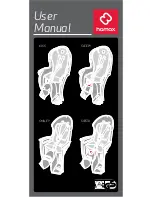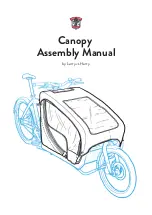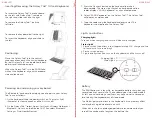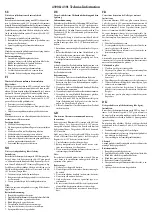
Copyright Velocomp LLP 2005-2013
19
APPENDIX: POWERSTROKE CONCEPTS AND
MEASUREMENTS: “WOBBLING”; “WASTED
MOTION”
TM
, “WASTED TIME”
TM
, “WASTED
WATTS”
TM
; “IDEAL MOTION”; PROPULSION
POWER
PowerStroke includes iBike’s exclusive measurement suite of
front-to-back
and
side-to-side
wobble motion
of the bike, and the
Wasted Watts, Motion,
and Time
caused by wobbling.
This appendix discusses concepts and measurements that are central to
PowerStroke.
Wobbling
Riders are connected to their bikes through the pedals, seat, and
handlebars. On average the rider and bicycle
must
move down the road at
exactly the same speed (except, of course, in a crash!).
However, during the short time period of a crank revolution the rider isn’t
“glued” to the bike. In fact,
the bike
wobbles
underneath the cyclist, both
side-to-side and front to back.
More technically, the bike moves (wobbles),
relative to the center of mass of the bike + rider system.
The PowerStroke precisely measures the side-to-side and front-to back
wobbling of the bike, not in a laboratory environment,
but in real-life bike
rides.
Wobbling is measured by the Newton’s accelerometer, and is defined as the
average distance the bike deviates side-to-side, and front-to-back, from the
rider’s center of mass during the period of time selected by the user.
Wobbling motion is reported in two graphs in the PowerStroke window: 1)
side-to-side vs. front-to-back, and 2) Front-to-back vs. crank angle.
Wobbling and Wasted Motion
Wobbling is extraneous movement of the bike—that’s Wasted Motion.
“Wasted Motion” is reported in three ways: the Wasted Motion graph, which
plots the side-to-side vs. front-to-back movement of the bike relative to the
rider; the Ideal Motion crank plot, which shows actual front-to-back motion
vs. crank angle; and the Wasted Motion measurement, which shows the
total
amount of side-to-side and front-to-back movement of the bike, in feet
or meters, for the period of time selected by the user. Wasted Motion is
reported in the PowerStroke Stats Box.







































